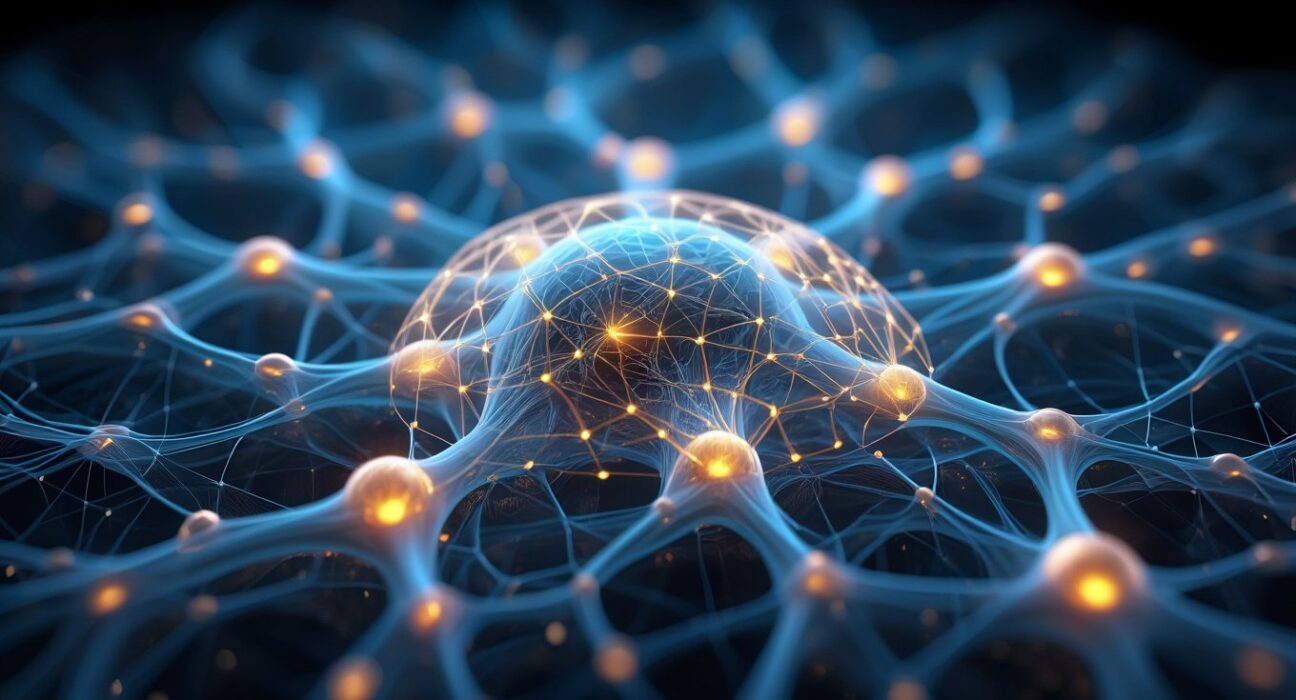A team of scientists at the NYU Pain Research Center has identified a breakthrough method to block pain while allowing the body’s natural healing process to continue. The findings, published in Nature Communications, could lead to safer and more effective treatments for conditions such as arthritis and migraines.
Current painkillers, like ibuprofen and aspirin, belong to the class of non-steroidal anti-inflammatory drugs (NSAIDs). While widely used—about 30 billion doses are taken each year in the U.S.—they can cause serious side effects with long-term use, including stomach damage, bleeding, and cardiovascular or kidney problems. This happens because NSAIDs suppress both pain and inflammation, even though inflammation is often essential for healing.
“Inflammation and pain are usually thought to go hand in hand. But being able to block pain and allow inflammation—which promotes healing—to proceed is an important step in improved treatment of pain,” explained Nigel Bunnett, professor and chair of molecular pathobiology at NYU.
The study focused on prostaglandin E2 (PGE2), a molecule that triggers inflammatory pain through four different receptors. While past research pointed to the EP4 receptor, the team found that a different receptor, EP2, was the main driver of pain. By selectively silencing EP2 in Schwann cells—nerve cells linked to pain signaling—researchers removed pain responses in mice without affecting inflammation.
“To our great surprise, blocking the EP2 receptor in Schwann cells abolished prostaglandin-mediated pain but the inflammation took its normal course. We effectively decoupled the inflammation from the pain,” said study co-author Pierangelo Geppetti.
This discovery opens the door for drugs targeting the EP2 receptor to provide pain relief without the harmful risks of NSAIDs. Researchers are now exploring localized treatments, such as injections into joints, as potential next-generation therapies.
Scientists Discover How to Block Pain Without Risky Side Effects






